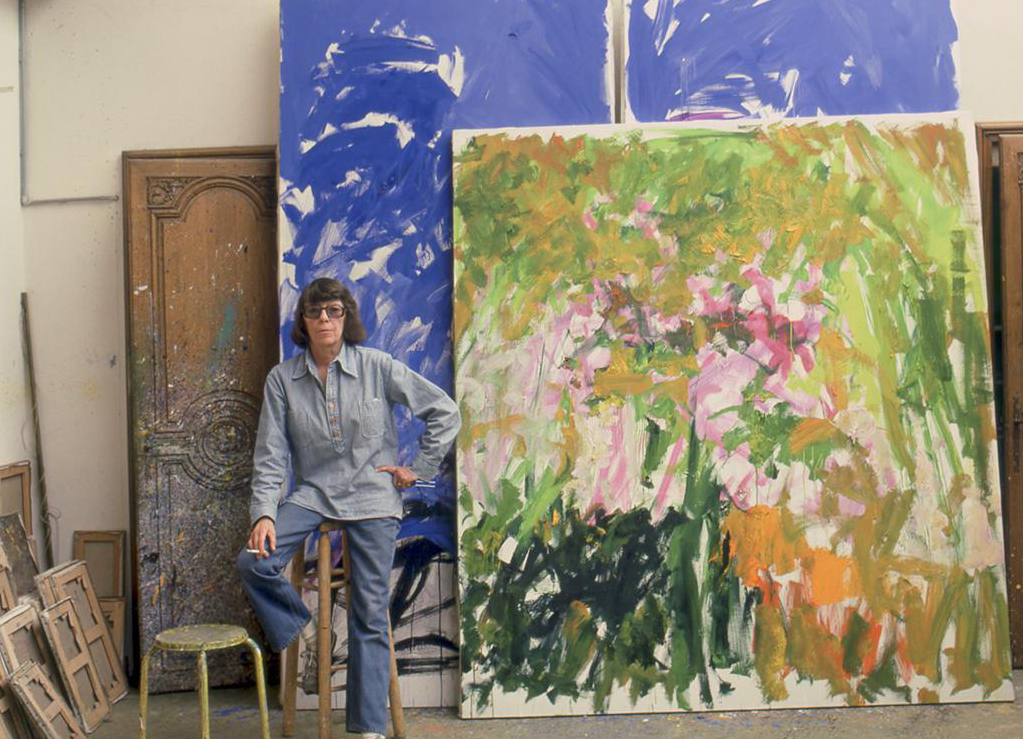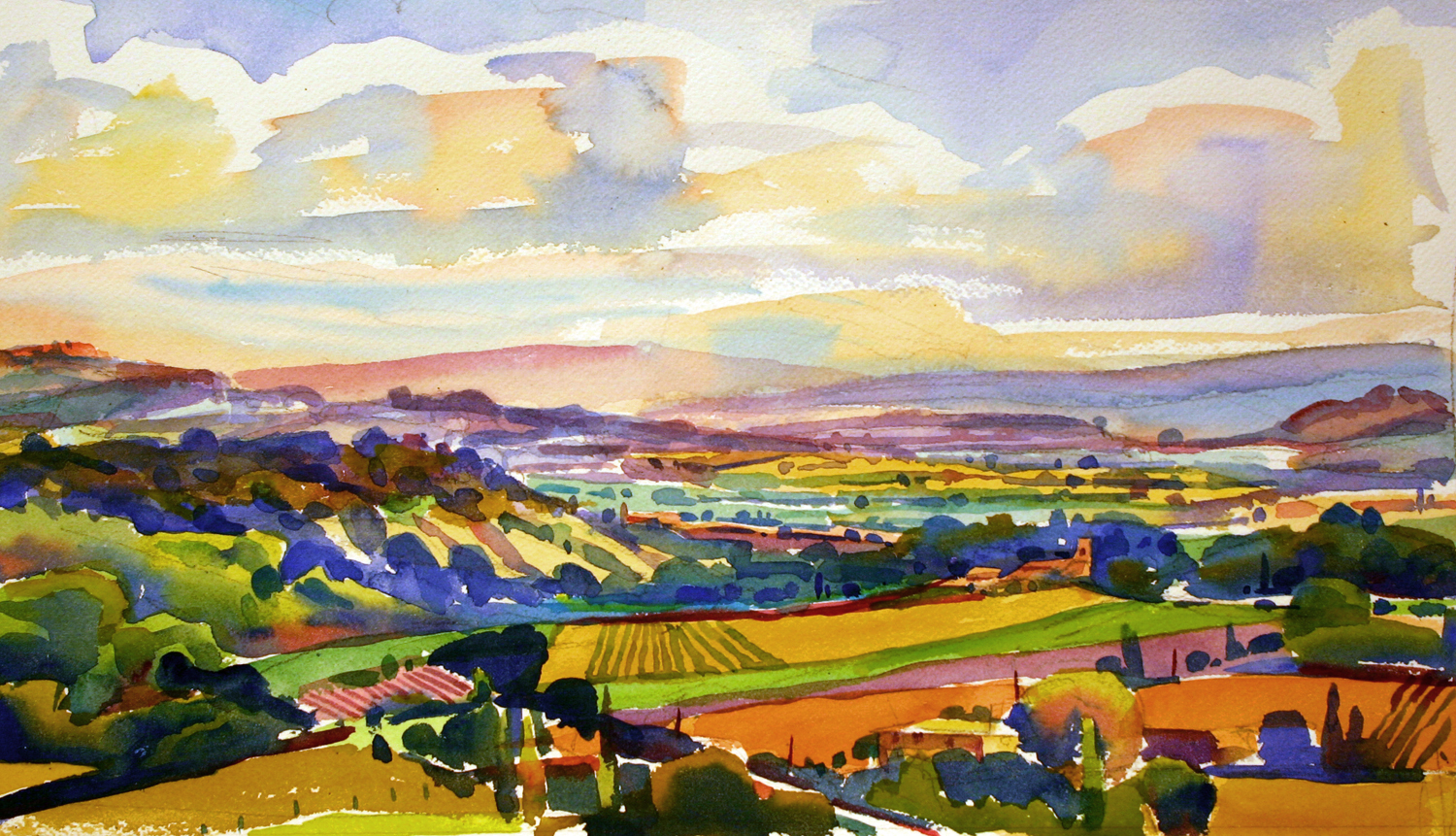(Don't) Be Here Now
Often whole days pass without my speaking to anyone. Vincent van Gogh
Painting is about paying attention. It’s an intensive physical and mental activity that requires us to make decision after decision, moment by moment, brushstroke by brushstroke. Every step of the way--mixing a color, loading the brush, making a mark--painting demands our awareness.
Willem de Kooning in his studio
And yet, I would never say that a painter's motto is "Be here now," as in, "Be here now to smell the flowers, feel the wind, love the one you're with." The act of painting doesn't place us in the middle of life. For better or worse, making art removes us from our surroundings. It takes us out of a life with others, and into a world of our own.
Paul Klee, “Oriental Watercolor”
Creative work insists that we stand apart from shared experiences. It asks us to remove ourselves from the comfortable and familiar, and crowds out the rest of the world. The working artist's senses narrow down to a very small focus: a painter's two by three foot canvas, a writer's laptop screen, a photographer's viewfinder, a composer's keyboard. When we engage in creative work ,"Be here now" is far less important than "Be in your own head now".
Agnes Martin, “Buds”
For example, when I'm standing at my easel painting in Provence, I'm looking intently at a very few things: the light on houses, the bend of a path, the color of vineyards. Because I'm painting, I'm not involved in the "here and now" of life in France. I'm not visiting those houses, or walking on that path, or enjoying a cafe au lait in the village. I need to accept that by spending my time painting, my experience of a complex and vibrant place will be limited.
Paul Cezanne, “Garden at Les Lauves”
The same is true at home. If I'm alone in my studio, I'm not spending time with friends or family. If I'm painting, I'm not involved with the here and now of life in Vermont. I'm not taking a walk, planting the garden, making soup in the kitchen. And while "you can't be in two places at once" might be easy to understand intellectually, it’s not always easy to accept emotionally. Artists too can suffer from the dreaded FOMO (Fear of Missing Out) disease.
John Singer Sargent, “Claude Monet Painting by the Edge of a Wood”
This social separation, this limiting of experience, that creative work demands carries loss. It requires those around us to accept that our attention will sometimes be focused on a landscape, or on our sketchbook, or on the shapes we see in our mind's eye, rather than on them. If the solitude that imaginative work requires ends up feeling too much like loneliness, we'll probably give the work up.
Yet solitary creative work also rewards us. It gives us time alone to think, and the space to practice our craft. It gives us the thrill of making something out of nothing.
Joan Mitchell in her studio
I've found that while my experiences of a place are narrower when I'm painting, they can run deeper. Sustained attention creates connection; making something with what I see creates meaning.
So, most of the time anyway, I can accept the trade off of painting versus everything else I could be doing. I’m o.k. with never visiting that village I painted in Provence, because I know I won't forget the square buildings and round trees I looked at for so long. I’m sure I'll always remember the vivid orange of those roofs, and the cobalt blue of the sky.
Susan Abbott, “Provence Morning”
Your comments are welcome below!






